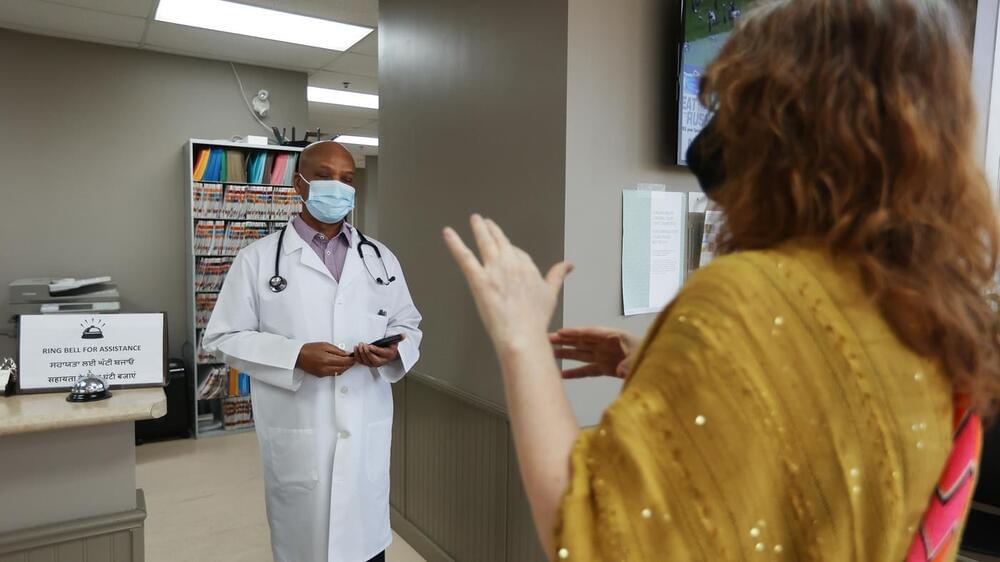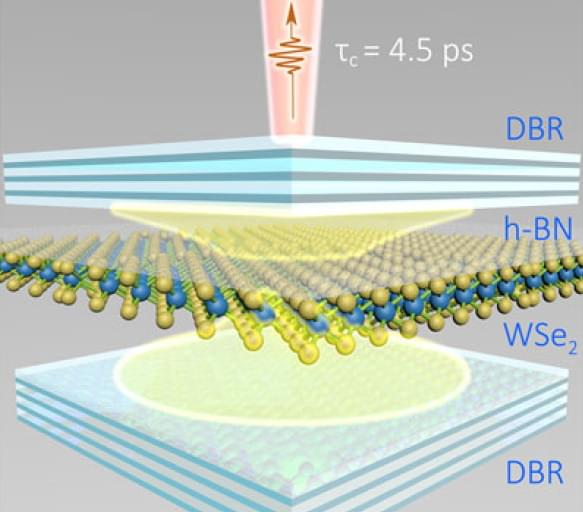Alphabet’s AI subsidiary DeepMind has built a new AI language model named Gopher. It has 280 billion parameters, making it significantly larger than OpenAI’s GPT-3.




Tesla is allowing drivers — yes, the person behind the wheel who is ideally preoccupied with tasks such as “steering” — to play video games on its vehicles’ massive console touchscreens while driving.
“I only did it for like five seconds and then turned it off,” Tesla owner Vince Patton told The New York Times. “I’m astonished. To me, it just seems inherently dangerous.”
The feature has reportedly been available for some time. Given that the company is already facing fierce scrutiny for rolling out its still unfinished Full Self-Driving beta to customers, it’s not exactly a good look.

The Neuro-Network.
𝐏𝐬𝐲𝐜𝐡𝐨𝐥𝐨𝐠𝐢𝐜𝐚𝐥 𝐑𝐞𝐬𝐢𝐥𝐢𝐞𝐧𝐜𝐞 𝐈𝐬 𝐋𝐢𝐧𝐤𝐞𝐝 𝐭𝐨 𝐇𝐨𝐰 𝐌𝐮𝐜𝐡 𝐒𝐭𝐫𝐞𝐬𝐬 𝐌𝐞𝐬𝐬𝐞𝐬 𝐖𝐢𝐭𝐡 𝐘𝐨𝐮𝐫 𝐁𝐨𝐝𝐲
𝙄 𝙥𝙧𝙤𝙗𝙖𝙗𝙡𝙮 𝙙𝙤𝙣’𝙩 𝙣𝙚𝙚𝙙 𝙩𝙤 𝙨𝙖𝙮 𝙞𝙩, 𝙗𝙪𝙩 𝙬𝙚 𝙨𝙝𝙤𝙪𝙡𝙙 𝙥𝙧𝙤𝙗𝙖𝙗𝙡𝙮 𝙖𝙡𝙡 𝙗𝙚 𝙩𝙧𝙮𝙞𝙣𝙜 𝙩𝙤 𝙗𝙚 𝙡𝙚𝙨𝙨 𝙨𝙩𝙧… See more.
I probably don’t need to say it, but we should probably all be trying to be less stressed.
Short term, stress can sometimes be helpful – it can help you motivate yourself. But when the stress continues long term, the health effects start to stack up, and studies have shown that this could even age you faster.
Now a new study has looked at people’s biological and psychological ‘resilience’, and found that this resilience is linked to less stress-related negative effects.
The concept offers a glimpse into the future that premium wine growers with narrow vineyards can aspire to.
It is true that renewables have an immense road ahead, but we already know the destination, Net Zero, in all areas of life, so why keep throwing good money after bad with fossil fuels.
I show exactly where we are with renewables and storage, and indeed it is woefully short, but I also show how we could take the initiative and the right decisions to clean our energy supply as early as 2030.
There is big money trying to wring out every last penny of profit from their declining empires, and using politicians on their pay to do their dirty work, but we can decide where we spend our money, and we can harass the companies to do more and faster, and we can make a better future for all of us.
#ClimateCrisis #cleanenergy

AI artist Botto has just made over a million dollars for NFTs of its work.
Botto, which works in collaboration with a human community, hit the million dollar mark within five weeks of putting a batch of NFT-backed artwork up for auction, Euronews reported.
The haul elevates the AI artist into a small-but-growing cohort of synthetic creators, and the designer behind Botto, German artist Mario Klingemann, told Euronews that he believes Botto’s practice could eventually extend to books and music.

Alethea AI and BeingAI are collaborating with the Binance NFT marketplace to introduce the AI game characters that are based on nonfungible tokens (NFTs).
Alethea AI creates smart avatars who use AI to hold conversations with people, and it has launched its own NFT collectible AI characters. NFTs use the transparency and security of the digital ledger of blockchain to authenticate unique digital items. The companies see this as the underlying AI infrastructure for iNTFs, or intelligent nonfungible tokens, on the path to the metaverse, the universe of virtual worlds that are all interconnected, like in novels such as Snow Crash and Ready Player One.
Being AI, meanwhile, is on a quest to create AI characters who can interact and talk in real time with users. Both companies are working with the NFT marketplace of Binance to launch intelligent IGO (Initial Game Offering), featuring a hundred intelligent NFTs characters.

A Canadian biotech firm is reporting positive results from a large study of its COVID-19 vaccine. What makes it unusual is that the key ingredient of the vaccine is grown in plants. Medicago has already developed an experimental flu vaccine in Nicotiana benthamian, a plant related to tobacco. When the pandemic struck, the company decided to try to make a COVID-19 vaccine.
Now it appears those efforts have succeeded. “This is an incredible moment for Medicago and for novel vaccine platforms,” Medicago CEO and President Takashi Nagao said in a statement.
A COVID-19 vaccine from a Canadian biotech firm has been found effective at preventing moderate to severe disease. It could soon become the first plant-based vaccine authorized for human use.
